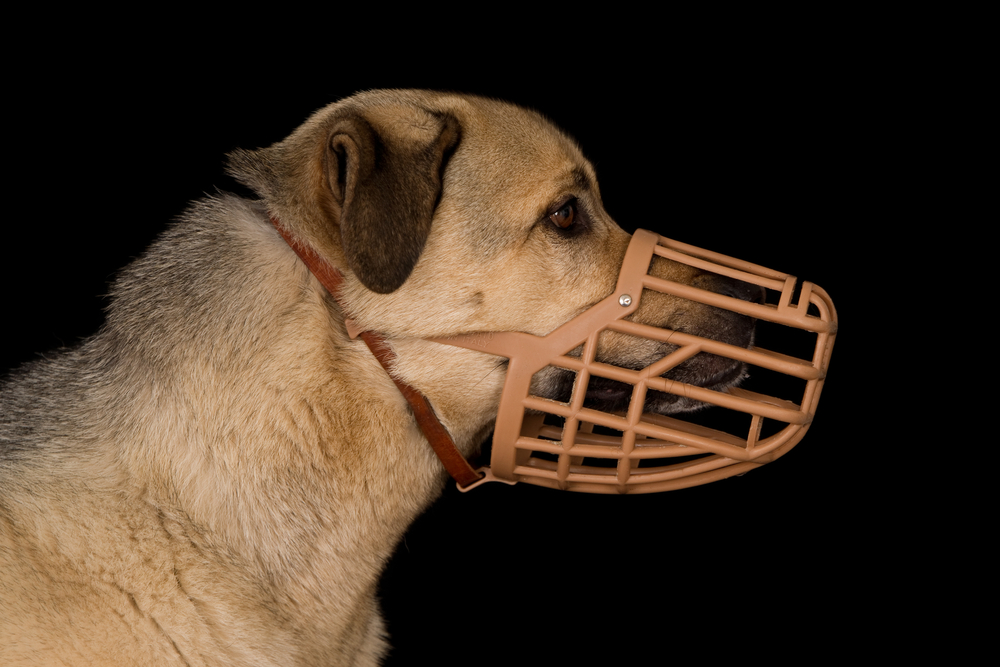
We want to get you started with this brief summary of how to begin to teach stationary behaviors as well as the beginning steps of teaching consent to animals. (See Part One for a full introduction to Stationary and Consent Behaviors) It’s a good idea to practice these behaviors at home with your own pets until you are comfortable and confident with the skills and techniques.
Shaping a Stationary Behavior
In part one of this blog post, it was stated that marker training and shaping techniques are the best methods to create a strong and fluent stationary behavior. When using marker training, we are allowing patients to make their own choices and learn through shaping.
Shaping is the process of “building” a behavior by successively reinforcing bits or “criteria” of the behavior that are approximations of the final behavior. The behavior is molded into the end goal by the communication the trainer gives the pet. In this situation, the communication is the marker. When the marker (tongue click, clicker, or word “click”) is audible, treats should follow. The pet learns that the last behavior performed during the marker signal earns reinforcement.
When using this technique, we must break down the behavior into achievable steps for the patient. That means having a complete picture of what the end goal behavior will look like. An example is teaching an animal to place all four feet on a mat. The moment the mat is placed on the ground, the trainer must be aware of what behaviors need to be reinforced. Listed below are steps and criteria to teach three different behaviors. Videos will accompany the criteria to demonstrate the breakdown of each step and how the learner will achieve the final goal.
Be sure you have a good understanding of the shaping plan so you can increase or decrease criteria as needed. For instance, you may need to vary criteria based on the rate at which clicking and treating occurs. Varying criteria while adding duration to behaviors is also a good idea. It gives the learner smaller points of achievement and can be gradually increased for a greater challenge. Making duration variable is more helpful than making duration progressively more difficult.
Shaping Four Paws to a Mat
The training session begins the moment the mat is placed on the ground. The trainer should observe and begin to reinforce for the following behaviors:
- Click and Treat for head turning toward the mat
- Click and Treat for looking in the direction of the mat
- Click and Treat for looking directly at the mat
- Click and Treat for weight shifting toward the mat
- Click and Treat for moving in the direction of the mat
- Click and Treat for placing one paw on the mat
- Click and Treat for placing two paws on the mat
- Click and Treat for placing three or four paws on the mat
- Click and Treat for keeping all four feet on the mat for 1 to 2 seconds
- Click and Treat for duration on the mat for up to 10 seconds
- Click and Treat for duration on the mat for 20 to 30 seconds
Shaping Nose to Target Stick
Present the nose target a few inches from the animal’s nose and observe for any nose touching or interacting with the target stick. Reinforce the following pieces of behavior:
- Click and Treat for head turning in the direction of the target stick
- Click and Treat for looking in the direction of the target stick
- Click and Treat for looking directly at the target stick
- Click and Treat for weight shifting in the direction of the target stick
- Click and Treat for moving in the direction of the target stick
- Click and Treat for sniffing or interacting with the target stick
- Click and Treat for consistently nose touching to the target stick
- Click and Treat for holding the nose at the target stick for 1 second
- Click and Treat for holding the nose at the target stick for 2-3 seconds in duration
- Click and Treat for holding the nose at the target stick for 5-10 seconds in duration
- Click and Treat for holding the nose at the target for 10-25 seconds in duration
Shaping Chin Rest
Begin the training session by placing a towel on the area where the animal will be resting the chin (owner’s lap, chair, stool). The trainer then observes and begins to reinforce for the following behaviors:
- Click and Treat for head turning toward the towel location
- Click and Treat for looking in the direction of the towel location
- Click and Treat for looking directly at the towel location
- Click and Treat for weight shifting toward the towel location
- Click and Treat for moving and walking in the direction of the towel location
- Click and Treat for sniffing or interacting with the towel location
- Click and Treat for head movement over the towel location
- Click and Treat for head movement down (moving head down toward the towel location)
- Click and Treat for chin touching the towel location
- Click and Treat for consistently chin touching to the towel location
- Click and treat for holding duration of the chin touching behavior for 1 to 2 seconds (at the towel location)
- Click and Treat for duration of the chin rest behavior at the towel location for 2 to 5 seconds
- Click and Treat for duration of the chin rest behavior at the towel location for 5 to 10 seconds
- Click and Treat for duration of the chin rest behavior at the towel location for 10 to 30 seconds
Teaching and Understanding Consent
Consent is taught by giving the patient specific criteria when they are in their stationed behavior. When the animal steps into the stationary behavior, the veterinary team member will begin the training session using forms of desensitization and classical counterconditioning for touching parts of the patient’s body. If the patient moves out of the stationary behavior in any way, shape, or form, the training session will be discontinued. When the patient makes the choice to move back into the stationary behavior, the training session can begin.
**Video Demonstration: Connor and Consent Mat**
Author’s Note: A veterinary team member should be well educated in canine and feline body language before working on these procedures. The best resource for fully training these behaviors is the text “Cooperative Veterinary Care” by Alicea Howell and Monique Feyrecilde that is published by Wiley Blackwell.
This article was reviewed/edited by board-certified veterinary behaviorist Dr. Kenneth Martin and/or veterinary technician specialist in behavior Debbie Martin, LVT.



